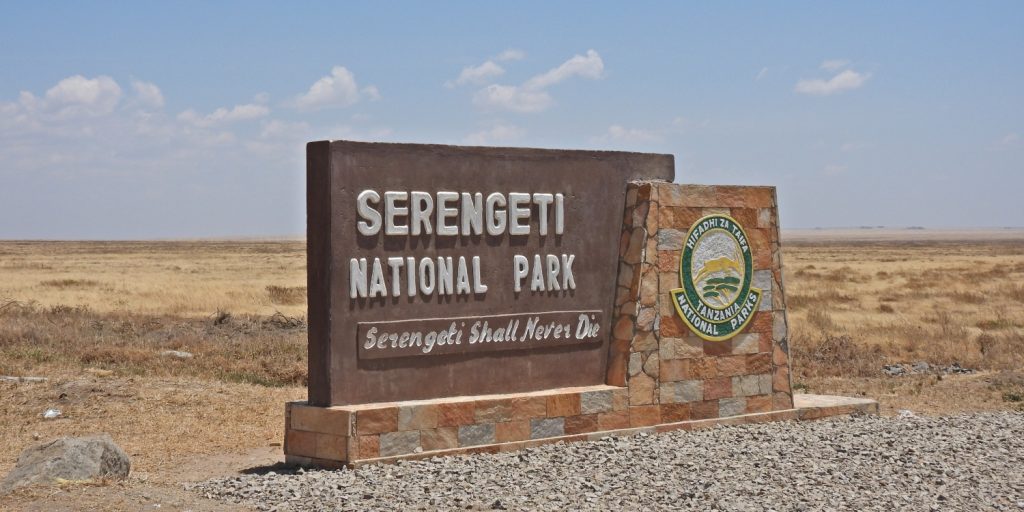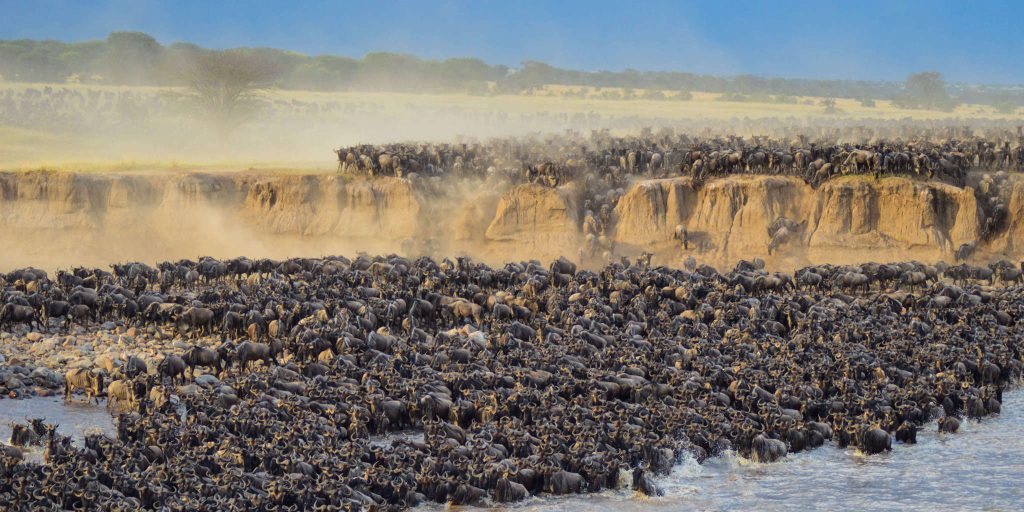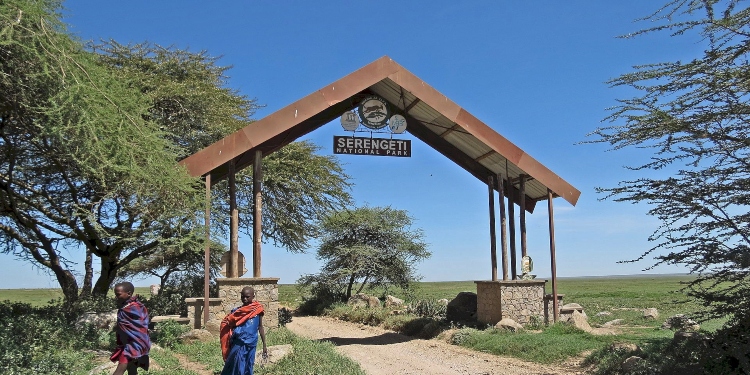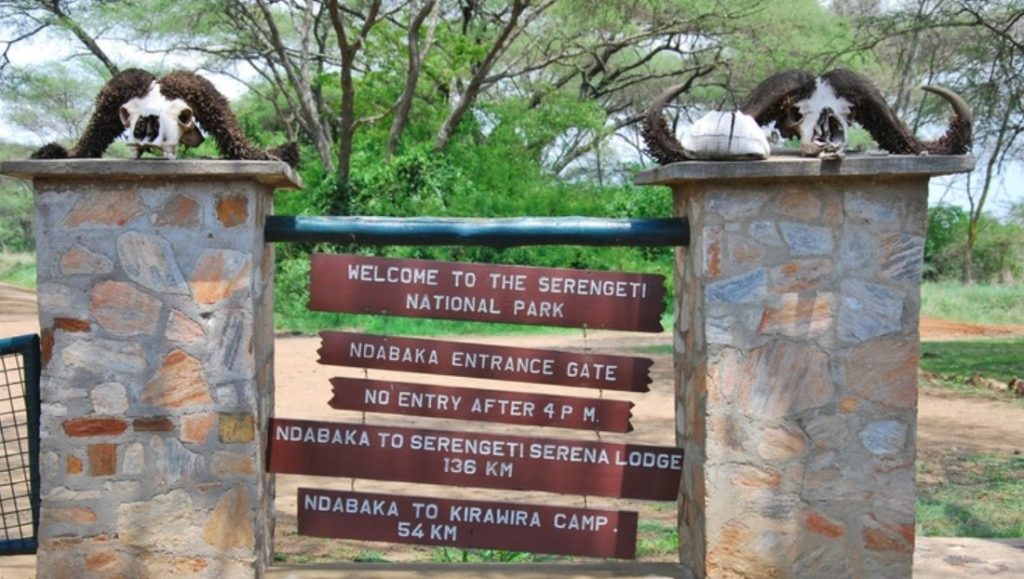Get to Know Serengeti National Park




Tanzania’s Serengeti National Park is one of the most iconic wildlife destinations in the world. Renowned for its vast landscapes, abundant wildlife, and the spectacular Great Migration, this UNESCO World Heritage Site draws millions of visitors every year. If you’re planning a safari or just curious about what makes the Serengeti so special, get to know Serengeti National Park through this comprehensive guide.
1. The Serengeti National Park: An Overview
The name “Serengeti” is derived from the Maasai word “Serengit,” meaning “endless plains,” which is fitting for this vast ecosystem that spans 14,750 square kilometers (5,700 square miles) in northern Tanzania. The Serengeti is more than just a national park; it’s an integral part of the Serengeti-Mara ecosystem, which stretches across the border into Kenya, encompassing both the Serengeti and Masai Mara.
Key Features:
- Size: One of the largest national parks in Tanzania, Serengeti is nearly the size of Costa Rica.
- Established: Serengeti was established as a national park in 1951 and has since become a UNESCO World Heritage Site in 1981 due to its outstanding universal value.
- Diverse Habitats: Serengeti boasts a variety of habitats, from grassy savannas to woodlands and riverine forests, providing homes for a wide range of wildlife.
2. Serengeti Wildlife: A Paradise for Animal Lovers
One of the main reasons visitors flock to the Serengeti is for the wildlife. The park is home to over 1.5 million wildebeests, 200,000 zebras, and hundreds of thousands of gazelles, along with a variety of other animals such as elephants, giraffes, buffalo, and lions.
The Big Five:
- Lions: Serengeti is one of the best places in Africa to observe lions in the wild.
- Leopards: The elusive leopards can be spotted in the acacia trees or stalking prey in the grasslands.
- Elephants: Large herds of elephants roam the Serengeti’s plains and woodlands.
- Rhinoceros: While rhinos are rarer in the Serengeti, you can find them in the Ngorongoro Crater and parts of the western Serengeti.
- Buffalo: Serengeti’s buffalo herds are among the most impressive to witness.
Predators:
The Serengeti is also home to Africa’s most famous predators, including cheetahs, hyenas, and wild dogs, which all play an important role in the ecosystem. The action is often intense, as predators hunt the large herds of migrating wildebeests, gazelles, and zebras, providing visitors with dramatic and captivating wildlife sightings.
3. The Great Migration: The Serengeti’s Crown Jewel
Get to know Serengeti National Park means understanding its role in the Great Migration, which is one of the most incredible natural phenomena on Earth. Each year, millions of wildebeests, zebras, and gazelles migrate across the Serengeti in search of fresh grazing and water. This cyclical journey follows the rains and takes the herds through the Serengeti’s southern plains, to the Mara River, and up into the Masai Mara in Kenya. The migration involves dangerous river crossings where predators like crocodiles lie in wait, making for thrilling and unforgettable safari experiences.
Best Times to Witness the Migration:
- January to March: The herds gather in the southern Serengeti to calve, offering great opportunities to witness newborns and predators.
- July to October: The migration reaches the Mara River, and this is the prime time to witness the dramatic river crossings where wildebeests and zebras risk their lives in the face of hungry crocodiles and lions.
4. Geography and Landscapes of Serengeti
The Serengeti landscape is as diverse as its wildlife. The park’s varied habitats include open plains, rocky outcrops, riverine forests, and acacia woodlands. These diverse ecosystems are home to a wide array of wildlife, including not just large mammals, but also numerous bird species, reptiles, and insects.
Key Areas:
- Southern Serengeti: Known for its vast open plains, this area is the calving ground for the migratory herds, especially during the rainy season from January to March.
- Seronera: Situated in the central Serengeti, Seronera is known for its mix of woodlands and grasslands, where big cats such as lions and leopards are frequently sighted.
- Western Serengeti: A less frequented area, but it’s home to some of the best river crossings during the migration.
- Ngorongoro Crater: While not technically part of Serengeti National Park, the Ngorongoro Crater, adjacent to Serengeti, offers a stunning landscape that showcases a unique ecosystem within the crater.
5. Activities in Serengeti National Park
When you visit Serengeti, there is no shortage of activities to experience. Here are a few of the best ways to explore the park:
- Game Drives: The most popular way to explore the Serengeti, game drives give you the chance to see wildlife up close. Early morning and evening drives are the best times to catch predators in action.
- Hot Air Balloon Safaris: For a unique view of the Serengeti landscape and wildlife, a hot air balloon ride at dawn provides a serene and magical experience as you float over the plains.
- Walking Safaris: Accompanied by an experienced guide, a walking safari lets you explore the Serengeti from a different perspective, focusing on the smaller details of the ecosystem.
- Cultural Tours: The Serengeti is surrounded by Maasai communities, and many tours offer a chance to visit Maasai villages and learn about their traditions and way of life.
6. Where to Stay in Serengeti
Serengeti National Park offers a wide range of accommodation options, from basic campsites to luxurious lodges.
Luxury Lodges and Tented Camps:
- Four Seasons Safari Lodge Serengeti: A five-star experience with stunning views, a spa, and luxurious amenities.
- Singita Sasakwa Lodge: This high-end lodge offers an exclusive safari experience with incredible views and excellent service.
- Serengeti Serena Safari Lodge: A mid-range lodge that blends in with the environment, providing great service and a relaxing atmosphere.
Mobile Camps:
For a more immersive experience, mobile tented camps allow you to follow the migration routes and stay closer to the action, offering a more personalized experience with less environmental impact.
Budget Options:
For budget-conscious travelers, Serengeti also offers campsites and basic accommodations that provide a more rustic yet fulfilling experience.
7. Conservation in Serengeti
Serengeti National Park is not just a tourist destination but also a crucial area for conservation. The park is home to diverse ecosystems and wildlife species, many of which are endangered or threatened. Efforts to protect the Serengeti include anti-poaching measures, habitat restoration, and sustainable tourism initiatives.
Serengeti’s Role in Global Conservation:
- Serengeti is a vital part of the Serengeti-Mara ecosystem, which also spans parts of Kenya.
- The park plays a critical role in maintaining the balance between wildlife populations and their habitats.
8. How to Visit Serengeti National Park
Best Time to Visit:
- June to October: This is the dry season, ideal for game viewing as animals congregate around waterholes and the landscape is easier to navigate.
- December to March: During the wet season, the park is lush and green, and the herds start their migration to the southern plains.
Getting There:
- By Air: The park is accessible by flights from major Tanzanian cities like Arusha or Dar es Salaam to Serengeti’s airstrips.
- By Road: Serengeti is also accessible by road from Arusha, with safari tours available for travelers who prefer a land journey.
9. Practical Tips for Visiting Serengeti
- Packing: Lightweight, neutral-colored clothing, binoculars, sunscreen, and a camera with a zoom lens are essential.
- Health: Make sure you have the required vaccinations, such as yellow fever, and carry malaria medication.
- Guides: Hiring a local guide can significantly enhance your safari experience as they offer insights into the wildlife and the ecosystem.
Conclusion
Get to know Serengeti National Park means understanding the wonders of one of the most biodiverse and iconic ecosystems on Earth. From the vast landscapes and incredible wildlife to the breathtaking experience of witnessing the Great Migration, Serengeti offers an adventure like no other. Whether you’re visiting for a few days or planning an extended safari, Serengeti is a destination that promises unforgettable experiences.

One Comment